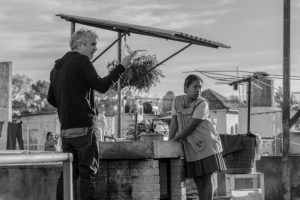 Pablo Calvi in The Believer:
Pablo Calvi in The Believer:
In the warmer sections of the Tibetan Plateau and some tropical Asian forests, the Cordyceps—a type of fungus—grows and survives in a very unusual way. In the winter, its spores lodge into the bodies of an insect host, spreading into its digestive tract and later its head. As the spores mature, they take control of the infected body and begin re-modulating its brain activity. By the spring, when the fungus has reached maturity, the hosting body is all but a shell, obedient, docile, inert, available as a food supply, fully colonized.
The slowness of the process belies its violence. By snatching the body first, then altering its vital functions, its perception of the world, the fungus turns the host into a mere receptacle for the younger spores which will then spread and disseminate in their turn. Violent as it may be, however, the cycle is somewhat painless. It realizes itself by keeping the host alive, plunging it into disorientation and confusion and, ultimately, a slow erasure.
Early on in his life, Mexican film director Alfonso Cuarón wanted to become a pilot or an astronaut. In more ways than one, he has succeeded with his latest project, Roma. In the film, produced by Netflix with limited theatrical release, Cuarón becomes the pilot of his former nanny’s gaze. The quasi-autobiography of the director’s childhood during the year his father left the family is rendered through the eyes of Cleo, a teenage Mixtec woman charged with the children’s care. Cleo’s character is based on Liboria “Libo” Rodríguez, an indigenous woman who in 1962, at 17 or 18 years of age, joined the Cuarón family as a full-time nanny. The “Roma” of the title is a reference to “Colonia Roma,” the upper-class Mexico City neighborhood where Cuarón’s family lived during the sixties and seventies.
More here.
